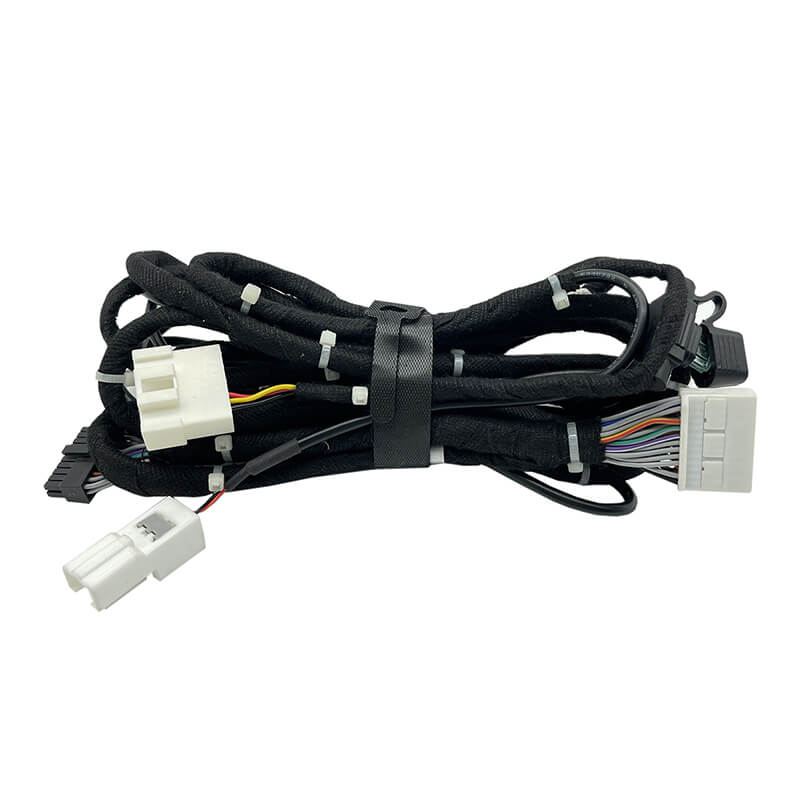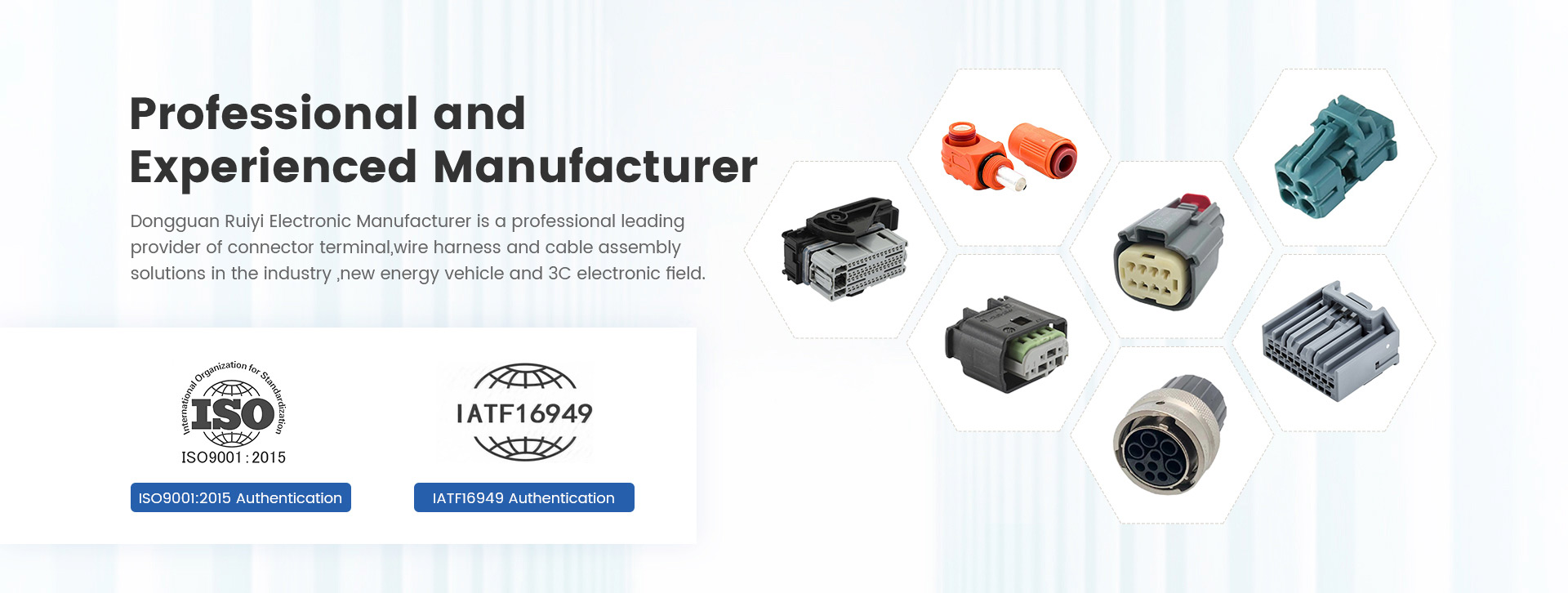With the continuous development of automotive technology, navigation systems have become an indispensable part of modern cars. As an important component of the navigation system, the design and structure of the Automobile Navigation Harness are directly related to the stability and reliability of the navigation system. This article will delve into the design and structure of Automobile Navigation Harnesses, analyze its key elements and design principles, in order to provide useful references for the design of automobile navigation harnesses.

1、 Design principles of Automobile Navigation Harness
The design ofAutomobile Navigation Harness should follow a series of principles to ensure its excellent performance, safety, and reliability. Firstly, the design should meet the overall requirements of the vehicle electrical system, ensuring compatibility and coordination between the Wiring Harness and other electrical components of the vehicle. Secondly, the design should consider the durability and reliability of the wiring harness, select high-quality materials and processes to ensure that the wiring harness maintains good performance in long-term use. In addition, the design should also pay attention to the layout and routing of the wiring harness, avoiding long and complex wiring to reduce electromagnetic interference and fault risks.
2、 The structural characteristics of Automobile Navigation Harness
The structural characteristics of Automobile Navigation Harness are mainly reflected in the following aspects:
wire harness core design
The wire harness core is the core part of the harness, responsible for transmitting power and signals. When designing, it is necessary to select appropriate core wire specifications and materials based on the requirements of the navigation system and the characteristics of the vehicle electrical system. The diameter, cross-sectional area, and insulation layer thickness of the core wire need to be accurately calculated to ensure transmission efficiency and safety.
Sheath and Connector design
The sheath and Connector are key components that protect the wiring harness from external environment and mechanical damage. The sheath is usually made of materials with characteristics such as wear resistance, high temperature resistance, flame retardancy, etc., to ensure that the wiring harness can work normally in various harsh environments. The connector is responsible for connecting the wiring harness to other electrical components, and its design should ensure the firmness and reliability of the connection, as well as ease of installation and disassembly.
Shielding and grounding design
Shielding and grounding design are crucial for reducing electromagnetic interference and improving signal quality. In Automobile Navigation Harness, a shielding layer is usually used to wrap the core wire to reduce electromagnetic radiation and interference. Meanwhile, a reasonable grounding design can effectively introduce electromagnetic interference into the ground wire, protecting the normal operation of the navigation system.
3、 Material selection of Automobile Navigation Harness
The material selection of Automobile Navigation Harness directly affects its performance and service life. In terms of core wire materials, copper or copper alloy materials with excellent conductivity and high mechanical strength are usually used. The insulation layer material needs to have excellent insulation performance, high temperature resistance, and flame retardancy to ensure that the wiring harness can maintain stable electrical performance in various environments. The materials of the sheath and connector should also have characteristics such as wear resistance, high temperature resistance, flame retardancy, etc., to improve the durability and reliability of the wiring harness.
4、 Layout and routing of Automobile Navigation Harness
The layout and routing of Automobile Navigation Harness are of great significance in ensuring the stability and reliability of the entire navigation system. In the design process, full consideration should be given to the characteristics of the vehicle's internal spatial structure and electrical system, and the direction and length of the wiring harness should be reasonably planned. At the same time, friction and collision between the wiring harness and other components should be avoided to reduce the risk of failure. In addition, the fixation and support of the wiring harness should also be fully considered to ensure its stability during vehicle operation.
5、 Summary and Outlook
The design and structure of car navigation wiring harnesses are key guarantees for the stability and reliability of navigation systems. With the continuous development of automotive technology, the performance requirements for automotive navigation harnesses are also increasing. In the future, the design of car navigation wiring harnesses will pay more attention to the development of lightweight, high efficiency, and intelligence. Meanwhile, with the popularization of new energy vehicles and intelligent driving technology, the design of car navigation harnesses will also face more challenges and opportunities. Therefore, we need to constantly research new design methods and material technologies to meet the constantly evolving needs of automotive navigation systems.
In summary, the design and structure of car navigation wiring harnesses is a complex and important issue. Through in-depth research and continuous innovation, we can provide more stable, reliable, and efficient wiring harness solutions for automotive navigation systems, promoting the continuous progress of automotive technology.


